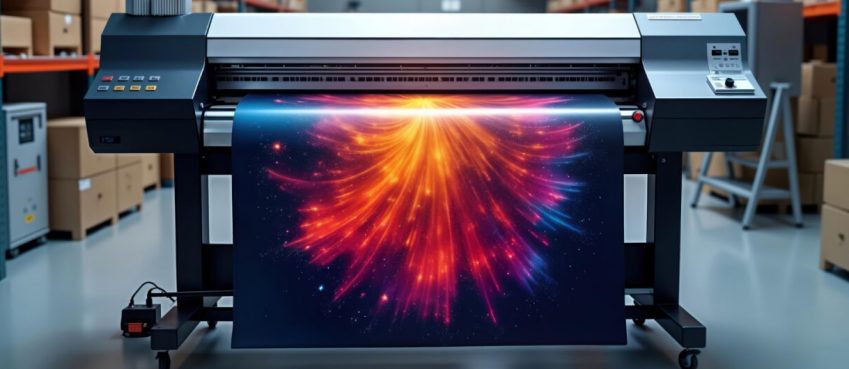
In this article, we will delve into the difference between USB and HDMI, exploring their origins, functionalities, and the applications.
In today’s digital age, the rapid evolution of technology has given rise to numerous product innovations that have revolutionized the way we interact with our devices.
Among these innovations, USB (Universal Serial Bus) and HDMI (High-Definition Multimedia Interface) have emerged as essential connectors.
Whether you’re a tech-savvy individual or just a casual user, understanding the significance of these connectors is crucial.
What Is USB & Its Generation?
Universal Serial Bus is a type of connectivity module mainly used in computers.
The journey of USB connectors began with the inception of USB 1.0, offering a data transfer rate of 1.5 Mbps.
Over the years, subsequent generations like USB 2.0, USB 3.0, and the latest USB 3.1 and USB-C have pushed the boundaries of data transfer speeds, reaching up to 10 Gbps with USB 3.1.
What Is HDMI & Its Generation?
High-Definition Multimedia Interface is a type of connectivity module used in devices like computers and laptops.
HDMI 1.0, introduced in 2002, marked a significant step in replacing the analog connectors of the past.
It allowed for a single cable to carry both high-definition audio and video signals, simplifying connectivity between various devices.
A list of evolution of the HDMI standard:
- HDMI 1.0
- HDMI 1.1/1.2
- HDMI 1.3/1.4
- HDMI 2.0
- HDMI 2.1
Difference Between USB and HDMI
| Basis | USB | HDMI |
|---|---|---|
| Stands for | Universal Serial Bus | High-Definition Multimedia Interface |
| Core objective | Transfer data between a computer and peripheral devices. | Transfer high-quality audio and video signals. |
| Speed | These provide less transfer speed than HDMI. | These provide faster speed than USB. |
| Resolution | It supports lower audio and video resolutions, max upto 1080p. | It supports higher resolutions, max upto 8K. |
| Compatibility | Wide range of devices are supported. | Fewer devices supported such as TVs, monitors, projectors, etc. |
| Max data transfer speed | Proximate to 5 Gbps per second. | Closer to 48 Gbps per second. |
| Power | It can provide power to connected devices. | It can also provide power to connected devices. |
| Bandwidth | It supports lower bandwidth than HDMI. | It supports wider bandwidth. |
| Data encryption | It does not support any protocol for this. | It utilizes HDCP protocol. |
| Cable length | Maximum length of 5 meters. | Maximum length of 15 meters. |
Applications of USB
USB connectors have infiltrated nearly every aspect of our lives.
They power our smartphones, facilitate data transfer between computers and external drives, and enable efficient connections with a wide range of peripherals.
The advent of USB-C and Thunderbolt 3 has further expanded the possibilities, allowing a single cable to carry data, video, and power simultaneously.
Applications of HDMI
HDMI has revolutionized our entertainment experiences. It’s the conduit through which we enjoy high-definition movies, immersive gaming, and dynamic presentations.
Its ability to transmit both audio and video in a single cable has made it an indispensable connector in home theaters, conference rooms, and gaming setups.
The Future of USB and HDMI
As technology continues to evolve, the future of USB and HDMI connectors is filled with exciting possibilities.
USB-C’s universal compatibility and Thunderbolt 3’s lightning-fast data transfer rates hint at a future where a single connector can handle even more tasks.
Meanwhile, HDMI’s potential for higher resolutions and improved audio fidelity promises to enhance our visual and auditory experiences.
Frequently Asked Questions
Can I use a USB-C cable for HDMI transmission?
While USB-C is a versatile connector, it cannot directly carry HDMI signals. You'll need an adapter or a device with a built-in HDMI port.
What's the main advantage of USB-C over previous USB generations?
USB-C offers reversible connectivity, faster data transfer rates, and the ability to carry multiple types of data through a single cable.
Can HDMI support 4K and 8K resolutions?
Yes, HDMI 2.0 and 2.1 are capable of supporting 4K and even 8K resolutions, delivering stunning visuals for modern displays.
Is USB 3.0 backward compatible with USB 2.0 devices?
Yes, USB 3.0 ports are designed to be compatible with USB 2.0 devices, although data transfer speeds will be limited to USB 2.0 rates.
Top 10 News
-
01
Top 10 Deep Learning Multimodal Models & Their Uses
Tuesday August 12, 2025
-
02
10 Google AI Mode Facts That Every SEOs Should Know (And Wha...
Friday July 4, 2025
-
03
Top 10 visionOS 26 Features & Announcement (With Video)
Thursday June 12, 2025
-
04
Top 10 Veo 3 AI Video Generators in 2025 (Compared & Te...
Tuesday June 10, 2025
-
05
Top 10 AI GPUs That Can Increase Work Productivity By 30% (W...
Wednesday May 28, 2025
-
06
[10 BEST] AI Influencer Generator Apps Trending Right Now
Monday March 17, 2025
-
07
The 10 Best Companies Providing Electric Fencing For Busines...
Tuesday March 11, 2025
-
08
Top 10 Social Security Fairness Act Benefits In 2025
Wednesday March 5, 2025
-
09
Top 10 AI Infrastructure Companies In The World
Tuesday February 11, 2025
-
10
What Are Top 10 Blood Thinners To Minimize Heart Disease?
Wednesday January 22, 2025







